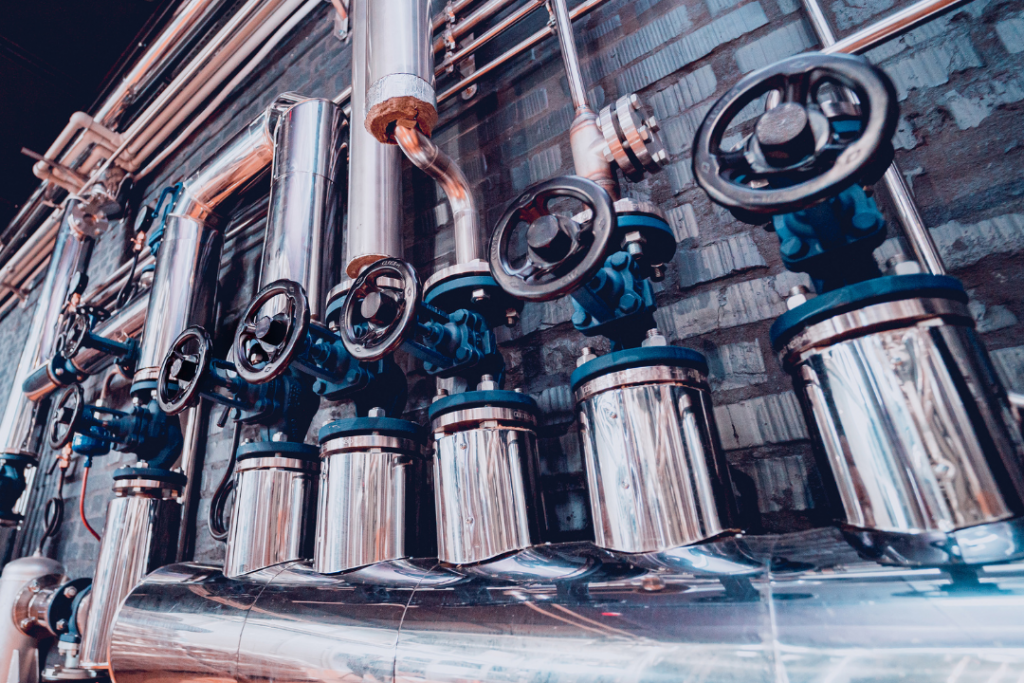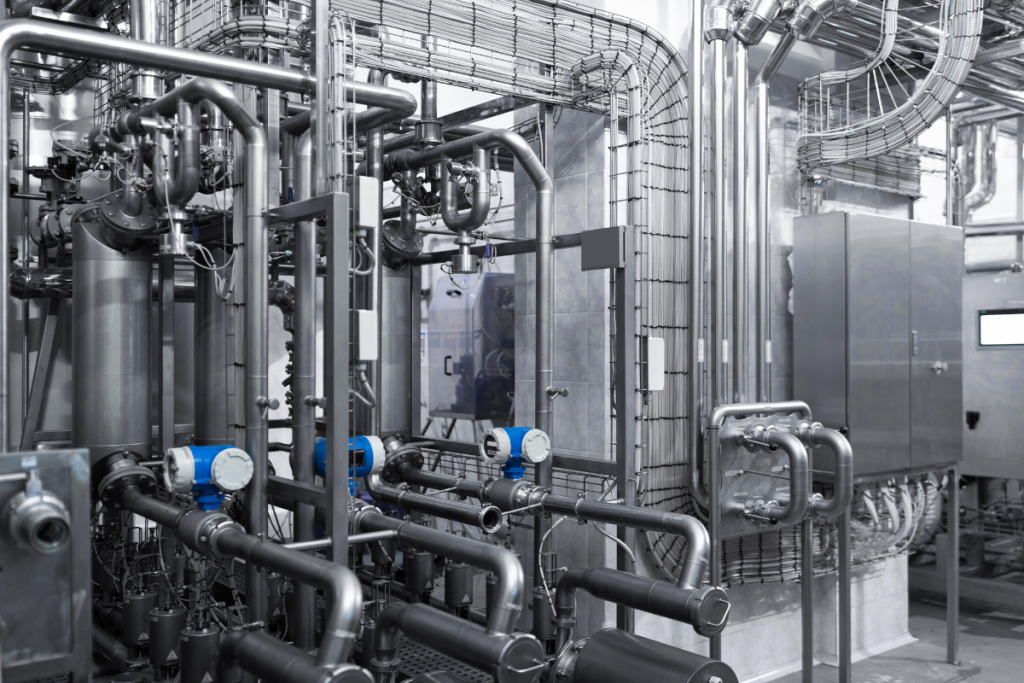How to Choose the Best Process Valve Solution for Your Food and Beverage Facility
Designing the processing system for a food and beverage facility is a lot like doing a jigsaw puzzle. You can probably force many of the pieces to fit into various spaces. However, if you do not find the perfect fit, you’ll ultimately wind up with holes and weaknesses in your finished puzzle — or in this case, elevated food safety and quality risks that may cost your business valuable time and money.
To make an educated decision about valve selection, owners and their construction partners should consider the different types of valves available in the market and how they will interact with other components in the individual facility’s production lines.
Continue Reading “How to Choose the Best Process Valve Solution for Your Food and Beverage Facility”




